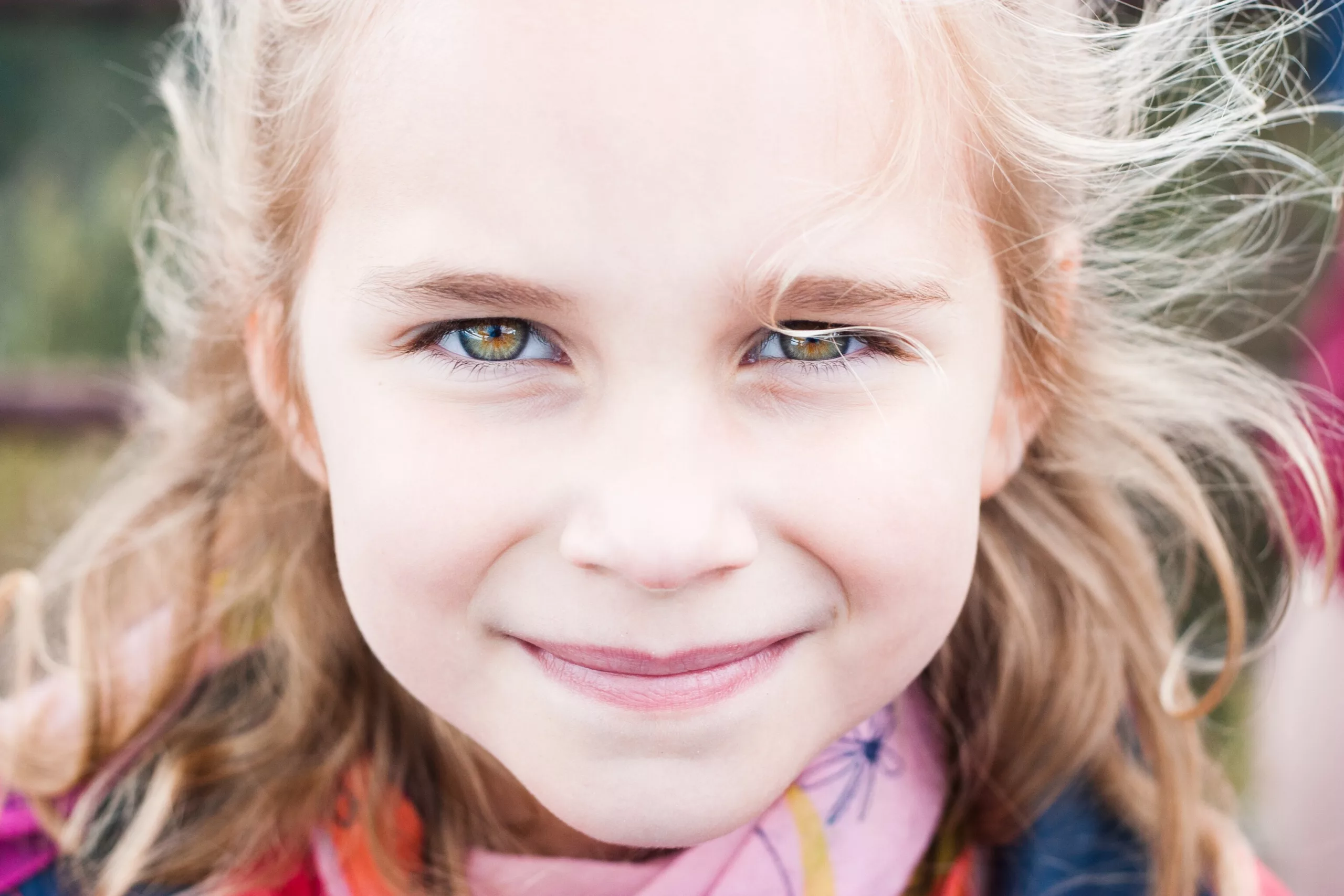Comprehensive Guide to Cataracts in Children
Introduction
Cataracts, commonly associated with aging adults, can also affect children, though it’s relatively rare. This condition involves the clouding of the eye’s natural lens, which can impair vision development and clarity if left untreated. In this detailed guide, we delve into the intricacies of cataracts in children, exploring the causes, symptoms, diagnosis, treatment options, post-surgery care, and prognosis.
Understanding Cataracts in Children
Cataracts in children can be broadly categorized into congenital (present at birth) and acquired (developing during childhood). While congenital cataracts are rare, occurring in about 1 to 6 per 10,000 live births globally, they are significant due to their potential impact on visual development. Acquired cataracts may develop due to various factors, including eye injuries, inflammation, metabolic disorders, or prolonged use of medications such as corticosteroids.
Causes of Cataracts in Children
- Congenital Factors: These include genetic mutations (such as in Down syndrome or Lowe syndrome), infections during pregnancy (like rubella or cytomegalovirus), metabolic disorders (e.g., galactosemia), or trauma before birth.
- Acquired Factors: Cataracts acquired during childhood can result from trauma to the eye, inflammation (uveitis), metabolic disorders (e.g., diabetes), or secondary to other eye conditions.
Symptoms of Cataracts in Children
Identifying cataracts in children requires careful observation, as they may not always be able to communicate visual difficulties. Parents and caregivers should watch for the following signs:
- Cloudy or Blurry Vision: Children may have difficulty seeing objects clearly.
- Increased Sensitivity to Light: Photophobia, characterized by discomfort in bright light.
- Strabismus: Misalignment of the eyes, commonly known as crossed eyes.
- Nystagmus: Involuntary, rapid eye movements.
- White Pupil: Instead of the typical red-eye reflex in photographs, a white pupil (leukocoria) can indicate a cataract.
Diagnosis of Pediatric Cataracts
Prompt diagnosis by a pediatric ophthalmologist is essential for effective management. Diagnostic procedures may include:
- Visual Acuity Testing: To assess how well the child can see.
- Slit-Lamp Examination: This allows detailed examination of the structures of the eye, including the lens.
- Retinal Examination: To check for any associated conditions affecting the back of the eye.
Treatment Options for Cataracts in Children
The primary treatment for cataracts in children is surgical removal of the cloudy lens. The goal of surgery is to restore clear vision and prevent the development of amblyopia (lazy eye), which can occur if the brain does not receive clear visual signals during early childhood. Treatment options include:
- Intraocular Lens (IOL) Implantation: During surgery, an artificial lens may be implanted to replace the cloudy natural lens, especially in older children.
- Contact Lenses or Glasses: These may be prescribed after surgery to correct vision if an IOL is not implanted.
- Patch Therapy: Post-surgery, patching the unaffected eye may be necessary to encourage the use and development of the eye with the implanted lens.
Post-Surgery Care and Follow-Up
After cataract surgery, meticulous follow-up care is crucial to monitor healing and visual development:
- Regular Follow-Up Visits: Scheduled visits with the pediatric ophthalmologist are necessary to monitor progress.
- Medication: Prescription of eye drops to prevent infection and inflammation.
- Monitoring Visual Development: Assessing how well the child’s vision is developing post-surgery.
Prognosis and Outlook
The prognosis for children undergoing cataract surgery is generally positive, especially with early detection and intervention. Factors influencing outcomes include the age of the child at the time of surgery, the severity of the cataract, and any associated eye conditions. With advancements in surgical techniques and pediatric ophthalmology, many children achieve significant improvements in vision and overall eye health.
Conclusion
Cataracts in children require vigilant attention and timely intervention to minimize long-term effects on vision. By recognizing potential symptoms and seeking prompt medical evaluation, parents and caregivers can ensure that children receive appropriate treatment. Consulting with a pediatric ophthalmologist is crucial for developing a personalized treatment plan that optimizes visual outcomes and supports overall development.
In summary, while cataracts in children present unique challenges, advancements in medical care offer effective solutions to manage and treat this condition. With comprehensive understanding and proactive management, children affected by cataracts can achieve optimal visual health and quality of life.
World Eye Care Foundation’s eyecare.live brings you the latest information from various industry sources and experts in eye health and vision care. Please consult with your eye care provider for more general information and specific eye conditions. We do not provide any medical advice, suggestions or recommendations in any health conditions.
Commonly Asked Questions
Yes, congenital cataracts are rare but can occur due to genetic factors, infections during pregnancy, or metabolic disorders.
Risk factors include genetic conditions like Down syndrome, maternal infections (rubella, cytomegalovirus), and certain metabolic disorders.
Diagnosis involves a comprehensive eye exam by a pediatric ophthalmologist, including visual acuity tests, slit-lamp examination, and retinal evaluation.
Signs include cloudy or blurry vision, sensitivity to light, crossed eyes, rapid eye movements (nystagmus), and a white pupil in photographs.
Surgery may be performed as early as a few weeks old if congenital cataracts are severe enough to impair vision or hinder normal visual development.
Untreated cataracts can lead to amblyopia (lazy eye), where the brain does not receive clear visual signals from the affected eye, potentially causing permanent vision impairment.
Yes, cataract surgery is generally safe and effective in children, with specialized techniques and equipment tailored to pediatric patients.
Post-surgery, children may need to wear an eye patch, use prescribed eye drops, and attend follow-up visits to monitor healing and visual progress
Yes, contact lenses or glasses may be prescribed to correct vision if an intraocular lens (IOL) is not implanted during surgery.
With timely treatment, many children experience significant improvement in vision and can lead normal lives. Long-term effects vary depending on the severity and age of onset of the cataracts.
news via inbox
Subscribe here to get latest updates !







